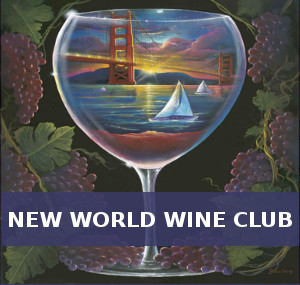Terms like “green” and “sustainable” are used so often in the world of wine, they’ve become akin to a catch phrase. I hear the terms all the time at events, in tasting rooms, and in conversation with winemakers. Everyone is eager to highlight just how earth-friendly their farming practices are. The problem, of course, is how to know if the wineries are truly serious.
The vast majority of wineries I have had contact with during my three years writing about wine, promote how they’ve improved their farming methods, become more environmentally friendly. I have no doubt that all of them are making a concerted effort to be greener, but how do you judge just how committed a winery is to a green philosophy? The answer is simple. If wineries are part of a Certification program, they can’t take shortcuts, and have been approved by a neutral third-party.
For the Central Coast region, the SIP Certification program is making a great deal of headway. The Central Coast Vineyard Team (CCVT), led by Executive Director Kris O’Connor, oversees the operation. To date, there are about 10,000 acres of vineyards which have been certified as meeting the program’s standards. Much like the USDA’s Organic certification, the SIP program requires that vineyards conserve water and soil, only use safe pest control, and protect the overall habitat. In addition to those established green standards, for wineries to display the SIP Certification on their bottles, they must also be socially responsible as well as have sound business practices. This means wineries must take care of their workers and give back to the community. Third-party audit and external certification by notable experts ensure that wines which carry the seal have been produce in a manner that meets all of the programs high standards.
Buying a bottle of wine with the SIP Certification on their label means you can feel good knowing that the winery is doing good things for the planet and for its people. The economic impact is also twofold. Supporting the wineries of the SIP program not only ensures their great work will continue, it also encourages more wineries to participate. If consumers show wineries they’ll buy more wine if it carries the SIP Certification, producers will be more likely to invest the additional resources to display the seal on their bottles.
Over the next few weeks, California Wine List will be featuring some of the wineries which are currently part of the SIP program. So check back regularly and see just how tasty sustainable wines can be.
Read SIP Wine reviews at CaliforniaWineList.com : http://bit.ly/bNmbh1












